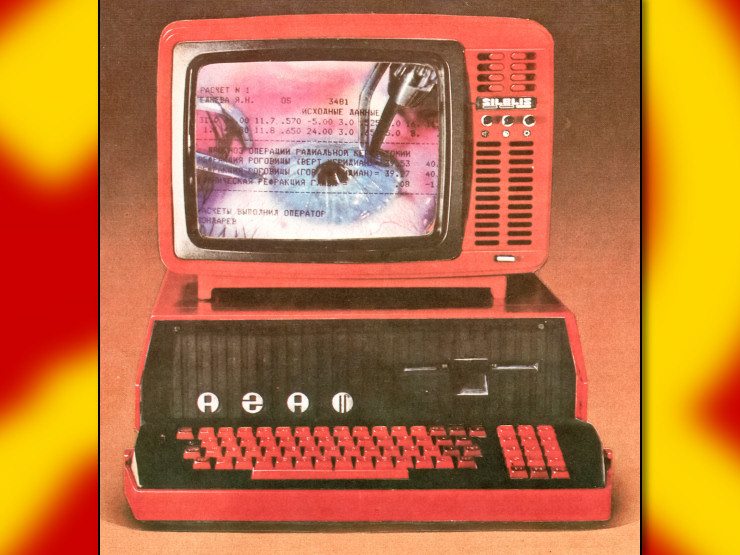wonders where this innovation occured
guesses China
it’s China

They have the mandate of heaven
ARE YOU TIRED OF WINNING, FOLKS
Please, please. It’s too much winning. We can’t take it anymore. Mr. President, it’s too much.
it boasts an energy density over ten times greater than ternary lithium batteries, storing 3,300 milliwatt-hours per gram. It is highly resistant to extreme conditions, operating reliably in temperatures ranging from -60°C to +120°C without self-discharge or risks of fire or explosion. The company claims the cell’s environmental impacts are minimal since the radioactive nickel-63 core decays into stable copper over time, eliminating the need for costly recycling processes.
godammn
So it has high energy density but low power output, which is logical because it takes decades to discharge compared to hours for lithium. I guess it’s limited to embedded systems.
Also, don’t satellites use something like this? (apart from solar power)
Yeah, some use RTGs, radioisotope thermoelectric generators. A lot of the outer solar system probes like the Pioneers and Voyagers and New Horizons used them because solar power is impractical so far from the sun. The Curiosity and Perseverance rovers on Mars also use RTGs to trickle-charge their main batteries.
There’s also a new mission that will be launched in a few years to Saturn’s moon Titan using an RTG. An uncrewed vehicle called Dragonfly. It’s a large quadcopter - a first in planetary exploration. Titan is a unique world and probably the best in the solar system for powered flight. The atmosphere is slightly thicker than Earth’s, but the gravity is lower, making drone copters not just practical but better-performing than on Earth. This flying probe will hop from location to location on short flights, then use the RTG to trickle-charge the flight batteries while landed and doing science.

yes some spacecraft use a similar power source.
the nuclear power sources that spacecraft use are RTGs (Radioisotope Thermoelectric Generators), which generate electricity from the waste heat of absorbed nuclear decay radiation. compared to these batteries they’re much bulkier and have shorter lifespans but much higher power output.
The company plans to launch a more powerful one-watt version later this year, with uses ranging from consumer electronics to drones capable of flying continuously without recharging.
Shit is about to get wild. In China. The US is gonna be doing Mad Max type shit while China is doing Star Trek.
now they wont have to change the batteries in birds as often
Incredible, China has finally solved the nuclear waste problem.
Why are they square? They would be great for replacing CR2032s.
Squares have better packing efficiency. But I’m sure they’ll make round versions. Button batteries are circles because they’re so often used in device with round form factors.
because they’re so often used in device with round form factors
Like PC motherboards and scales?
They’re probably used about as often in non-round items than round. They’re ubiquitous for anything that needs a small, constant, relatively long lasting power supply.
ok so the clear application of this is putting it on tiny drones to spy on my butthole
50 year watch battery? Awesome
The ghost of David Hahn is vibrating with excitement.
Isn’t this just like those plutonium batteries they used to use in pacemakers?











